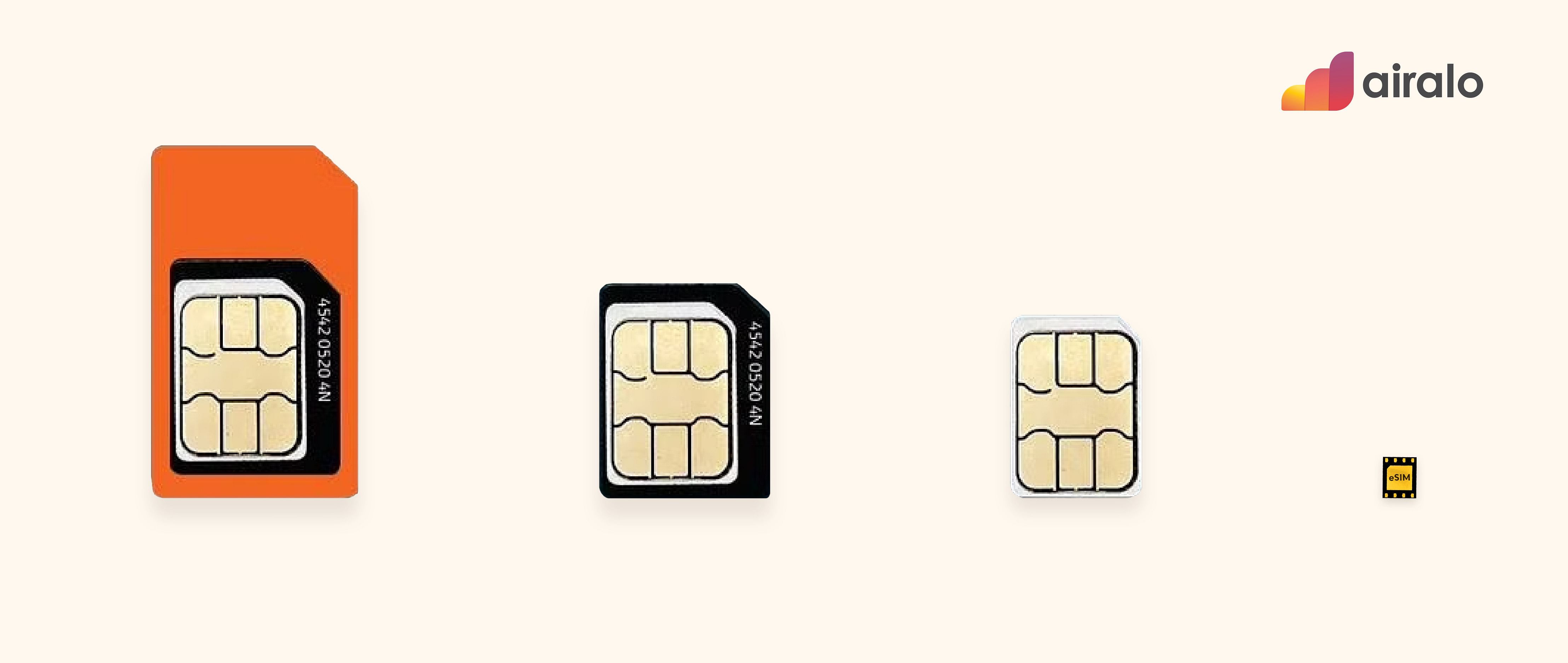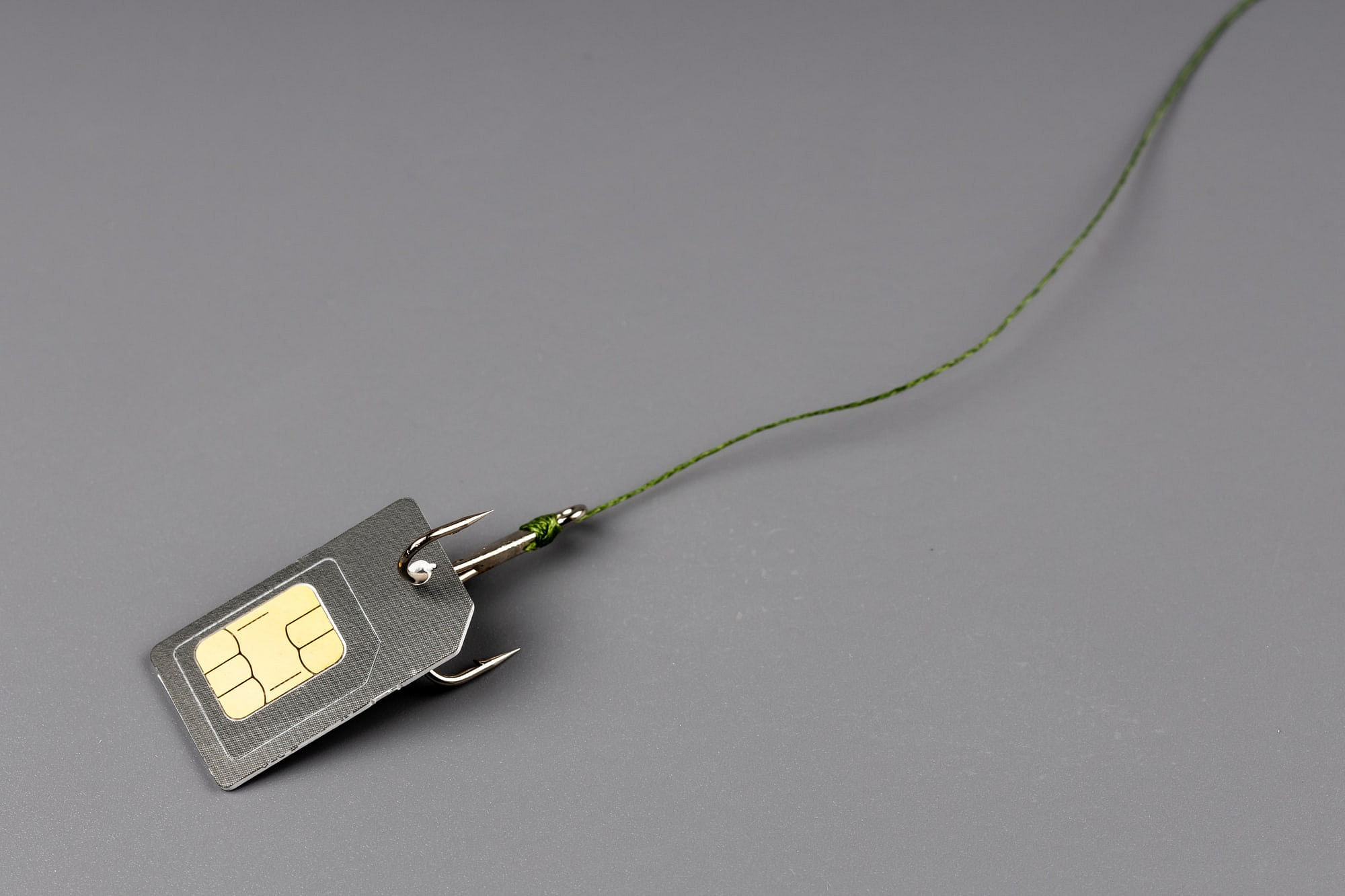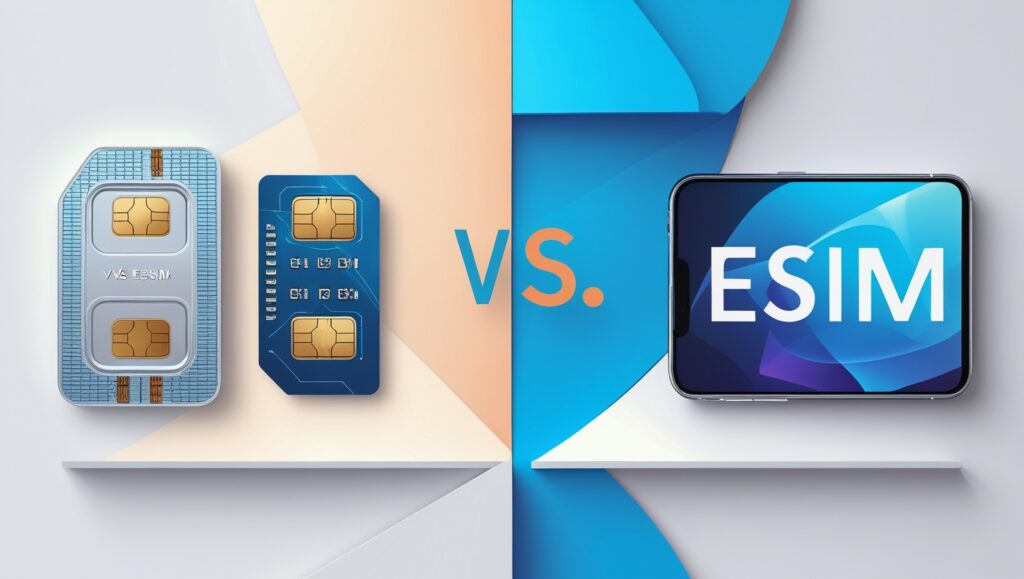No products in the cart.
Uncategorized
SIM vs. eSIM: Is Shifting to a New Technology Even Worth It?
SIM vs. eSIM: Which Is Better?
We know that you’ve been searching for ways to get better connectivity on the go, and if you travel often, then chances are that you change your providers a lot. Who wouldn’t want to find an alternative to purchasing an inefficient track phone plan or finding a Wi-Fi hotspot each time to get an internet connection?
We are always trying to weigh the difference between new technology to find out whether they’re worth investing in, and that’s likely why you’re here. You’ve heard of eSIM and how it’s improving the signal quality for people around the world, so should you make the switch?
Here, we’ll discuss the pros and cons of both SIM and eSIM cards.
Which Is Better? SIM vs. eSIM
Many travelers struggle to find a reliable mobile provider while they’re abroad, and even if they find one, they might not need the service for longer than a month.
Some mobile service providers don’t yet offer a consistent connection for eSIM-compatible phones. Likewise, the data amount and expiration date of their prepaid plans don’t seem to coincide with the requirements of a traveler.
That’s why it’s not only a good idea but a necessity to know which is better (SIM vs. eSIM) for your travel plans.

Evolution from SIM to eSIM
The Similarities Between SIM and eSIM
There’s a stigma surrounding SIM vs. eSIM that they’re entirely different technologies altogether and can’t be compared accurately. However, most people would be surprised to know that they have quite a few similarities, such as:
- They both connect your phone to your mobile provider’s network
- They both may be used in many different devices (not just phones)
- They both identify your phone and the type of plan is used
- They both can be used simultaneously in a dual-SIM phone
- They’re both technically “SIMs.”
Yes, that’s right, both are SIMs. However, a SIM card is a chip that is physically installed or removed inside your phone with your carrier’s plan. An eSIM (embedded sim) is built-in to your phone and downloads your carrier’s plan indirectly.
The Pros of SIM Cards
Though more travelers may be swayed to use eSIM, there are still some advantages to choosing SIM carriers while visiting a different country.
Here are the positive aspects of SIM cards:
- SIMs aren’t a new mobile technology: Major mobile data carriers use SIM for the majority of their data plans.
- SIMs are removable: Has your phone battery died? You can swap a SIM card into another unlocked phone with a working battery.
- SIMs are upgradable: If the chip manufacturing for your SIM is outdated or if you want to upgrade your plan, SIM can be brought into your mobile provider for a replacement.
- Prepaid SIMs are easy to access: Many travelers can easily find a prepaid SIM plan at a local market or convenience store when they’re abroad.

The Cons of SIM Cards
Here are the negative aspects of SIM cards:
- SIMs are easy to damage or lose: It’s easy to damage or lose a SIM card when handling it outside of your device.
- SIMs are tied to a carrier’s plan: You must purchase and insert a new SIM card from another carrier to change your plan.
- SIMs can only store one plan at a time: You can’t store multiple plans on one card.
- SIMs are easier to hack: If your phone is lost or stolen, it’s easy for a hacker to access your SIM and use it fraudulently.
The Pros of eSIMs
Here are some of the notable advantages of eSIMs:
- eSIMs are convenient: You can download them anywhere you have a network connection.
- eSIMs are market competitive: They are priced the same as any traditional SIM card.
- eSIMs are easy to install and operate: It takes just a couple of minutes to download and install an eSIM, and you’re good to go.
- eSIMs can’t be physically damaged or lost: Since eSIMs are embedded, they’re much harder to damage or lose.
- You can store multiple eSIM plans: Some phones allow you to download and store as many eSIM plans as you like, giving you total flexibility when you travel.
- eSIMs are harder to hack: Hackers must pivot through a billing-process security feature and the cloud to intrude into your phone details while roaming with an eSIM.
The Cons of eSIMs
Although eSIMs may seem flawless at a glance, there are still a few disadvantages to using them.
Here are the negative aspects of eSIM cards:
- eSIMs aren’t available for older phones: Since they’re relatively new, eSIMs aren’t compatible with older phone models.
- It’s harder to transfer data: Instead of popping the card out of a damaged phone, you have to download your data from the cloud to get your contacts, messages, and other media back.
Should You Switch to eSIM Technology?
If you’re a traveler who enjoys taking vacations to remote locations or different countries, you’ve likely spent years trying to find a provider that offers reliable coverage. What exactly can you expect to change with eSIM?
- Visit over 200+ countries and regions: Wouldn’t it be nice to visit any location without wondering whether you’ll be able to have access to coverage in any country? If you choose Airalo, you can get an eSIM data plan that works in a vast expanse of locations.
- Flexible data plans: Don’t want to pay for data you can’t possibly use up before your trip ends? eSIM prepaid plans are flexible and offer an affordable amount of data for any vacation.
- Spend less on coverage: Based on how much you usually spend to get limited and inconsistent coverage; you save a considerable sum of money when switching to an eSIM plan.
- Connection consistency: Want to take your phone anywhere without a nearby Wi-Fi hotspot? Airalo partners with local telcos around the world to bring you the best coverage at local-based rates.
- Text, call, or browse: You can still use your main SIM line to make personal calls, while you can switch to an eSIM to browse the web.
Which Devices Support eSIM?
If you’re looking to see if your device supports eSIM, please consult our list of eSIM-compatible devices.
SIM vs. eSIM – Which Will You Choose For Your Next Trip Abroad?
Not sure if you’re ready to switch to an eSIM?
Here’s something you should consider if you’re having doubts. Cell phone technology is expanding out of our capacity to build cell phone towers and meet the rising demand for global connectivity. Mobile phone customers are tired of paying for data that they can’t get in remote locations or outside their coverage areas. Worse still, people pay for expensive roaming abroad to get connected.
Now imagine that you’re abroad, sifting through a sea of overcrowded hotspots or Wi-Fi locations to get your connectivity. What if you could carry your mobile phone with you anywhere in the world without switching your provider? eSIM aims to revolutionize the way we connect on a global level.
Sure, you could rent a pocket Wi-Fi device or buy a temporary SIM from a local market to avoid roaming fees, but that also takes up a lot of valuable time and resources to do. Why continue to inconvenience yourself when you can get complete global coverage with only your phone?
Airalo understands that you want to strongly consider the benefits of mobile technology before you spend hundreds of dollars on a new phone. Visit Airalo today to learn more about compatible eSIM phones and available data plans for your global connectivity needs.

